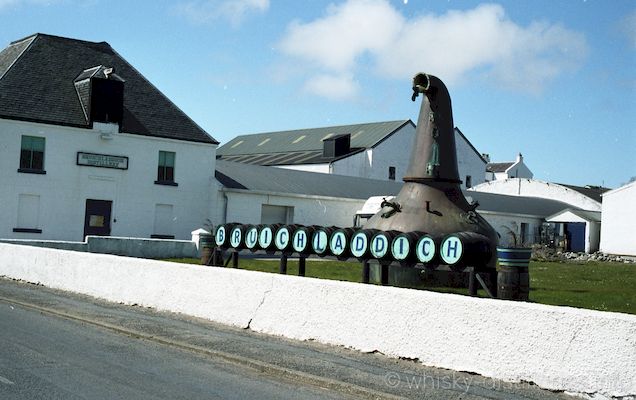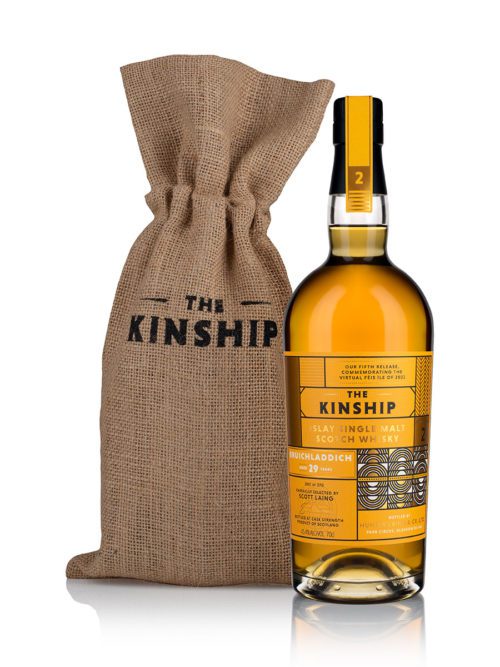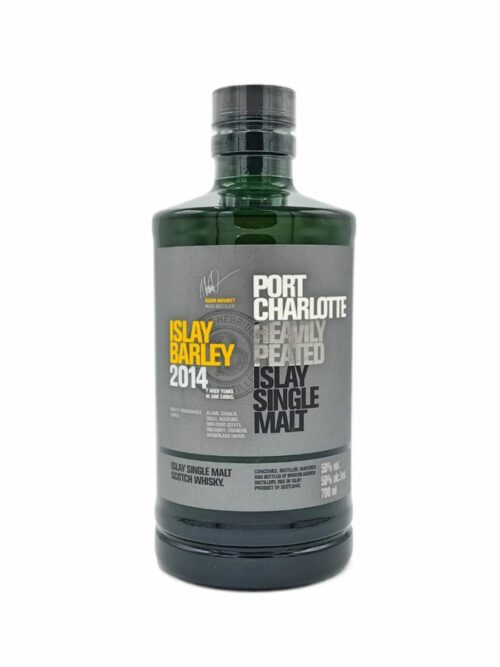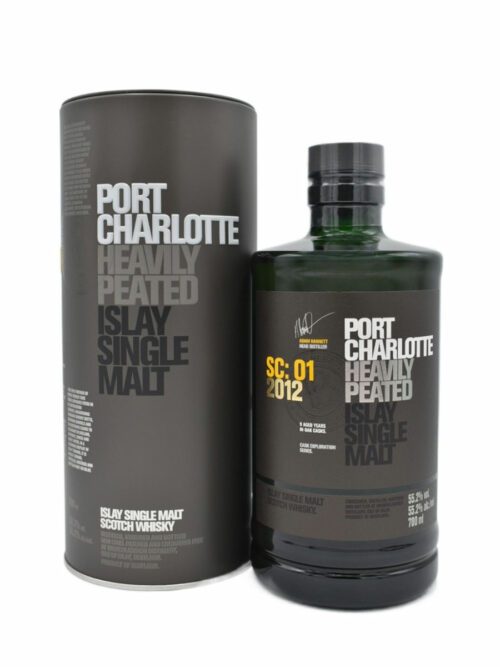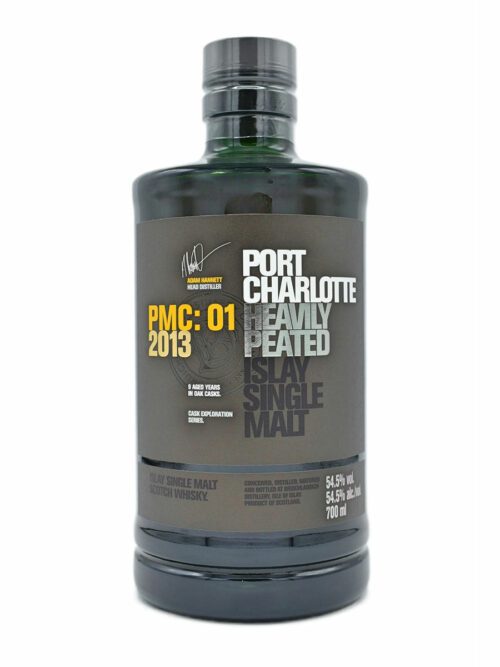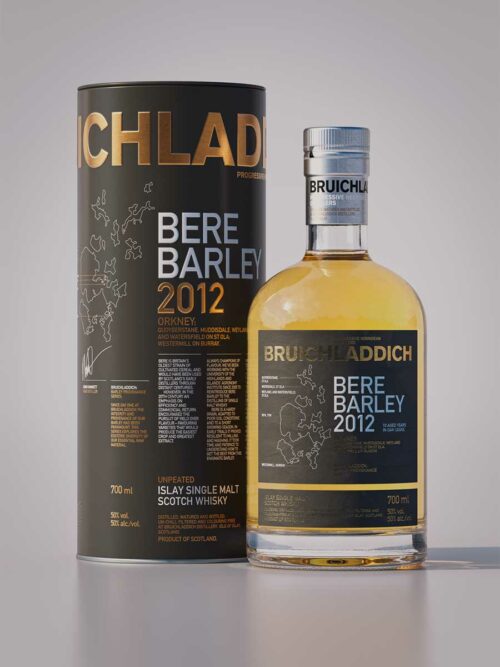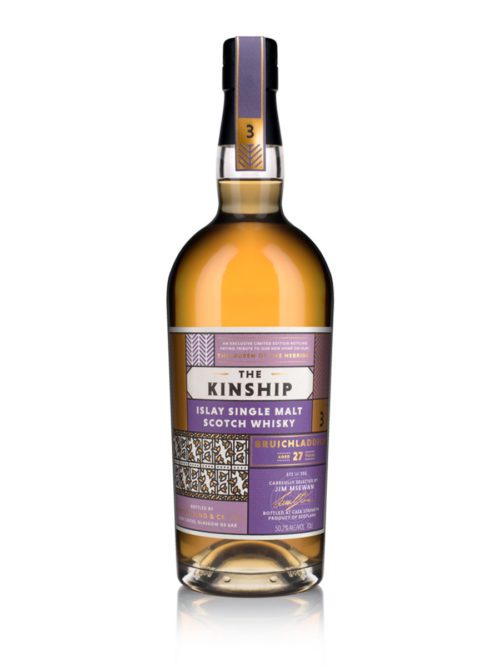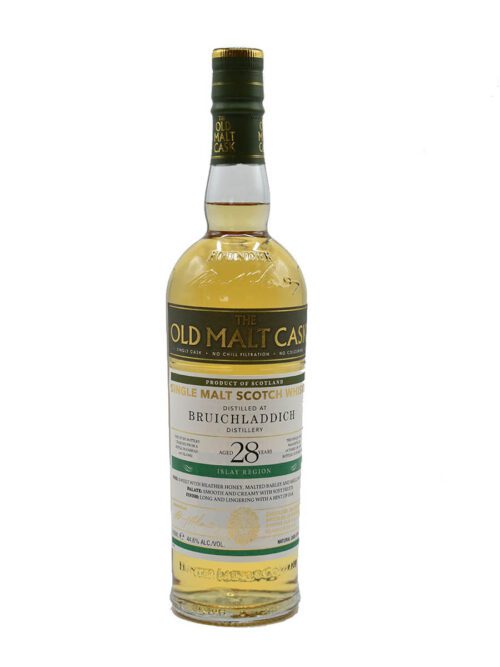History of Bruichladdich Distillery
Where water is the ingredient of chief concern to most distilleries, Bruichladdich emphasises the role of the barley in creating different flavours. Built in 1881 by Bennet Harvey on the southwest tip of Islay, today Bruichladdich keeps as much of their process contained to the island possible. Whisky they produce is not only distilled but bottled and matured on Islay. A growing portion of the barley used in their single malts is also grown on the island itself. Any barley that doesn’t come from Islay is sourced from within Scotland.
Owned by French company Rémy Cointreau since 2012, Bruichladdich went through many owners in its early years. It was first sold in 1938 to Joseph Hobbs, Hatim Attari, and Alexander Tolmie after being shuttered from 1929 – 36. It would go on to change hands five more times before being bought by Murray McDavid in 2000.
For most of its history Bruichladdich produced spirits mainly for use in blends. But from the early 2000s on it began releasing a wide range of highly experimental single malts. Despite this innovative output, much of the work at the distillery still takes place on Victorian machinery with methods unchanged by time.
Currently the distillery has a 7 ton traditional mash tun, six washbacks made from Oregon Pine, and four stills. It has a relatively small production capacity of 1.5 million litres a year. The floor maltings at Bruichladdich shut in 1961, as they did at many distilleries during that time. However, in the coming years the distillery intends to start malting its own barley again using Saladin boxes.
There are three main variants of whisky produced at Bruichladdich. The unpeated Bruichladdich line named for the distillery itself, the heavily peated Port Charlotte line, and the extremely heavily peated Octomore whiskies. One of the notable aspects of the Bruichladdich line is their freshness, and the general lack of smoke and peat that characterise Islay single malts. These whiskies are known for their sweet and floral character.
The unpeated range of Bruichladdich whiskies is underpinned by The Classic Laddie, trickle distilled and matured in American Oak by Loch Indaal. That’s joined by three expressions that emphasis the origin of their barley. The Islay Barley 2011 is sourced from local farms, the Bere Barley 2010 comes from Orkney, and The Organic 2010 comes from Mid Coul farms in Inverness that don’t make use of pesticides or any artificial festilisers.
Despite being heavily peated, Port Charlotte whiskies are not overwhelmingly smoky, with sweet flovours and strong notes of oak coming through. The Octomore range first launched in 2008 and proved Bruichladdich could most definitely make peaty whiskies. The Masterclass 8.3 bottling has been said to be the world’s peatiest whisky at 309ppm. The current 10th series steps back from that ledge to embrace a ‘softer smoke’.
